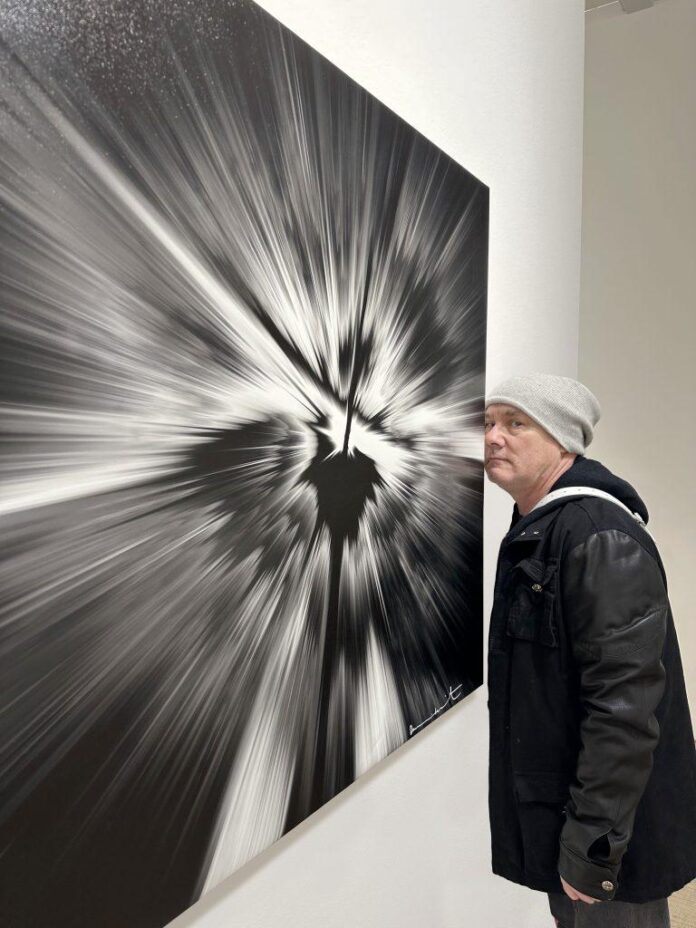, Damien Hirst’s most recent project of A.I.-generated works, has proved a lucrative venture for the British artist and his technological collaborator, HENI. In a nine-day sale that ended on April 10, Hirst sold 5,508 paintings (5,109 physical artworks and 399 NFTs) and generated $20.9 million in revenue.
The project is a digital remix of Hirst’s from the 1990s and outsourced considerable creativity to collectors—albeit channeled through artificial intelligence.
Using HENI’s dashboard, collectors could determine the colors, style, size, and shape of the work they wanted to generate. claimed to push the boundaries of art and wow people, though, in reality, the experience of click-tinkering on HENI felt reminiscent of customizing a pair of sneakers on NikeID in the early 2010s.

Damien Hirst, (2023). Photo: Prudence Cuming Associates Ltd.
Regardless, collectors went big on , quite literally.
The largest size on offer for Hirst’s squares and circles (extra-large, 100cm in diameter) were the most lucrative, generating $11.6 million. Circles also proved nearly three times more popular than squares, and physical works more popular than digital ones—under 10 percent of the works created were NFTs.
This point on the enduring popularity of physical works was somewhat proved in Hirst’s previous project straddling the line of physical and digital art: 2021’s . Collectors were issued a physical and digital version of the same work and then forced to burn one of them. The majority opted to ditch their NFT for the physical Hirst.
Nonetheless, the project earned the artist upwards of $89 million, according to his book on the collection, .
Since gaining major art world attention in the late 1980s as part of the Young British Artists, Hirst’s work has come to be seen by collectors as a valuable investment. Somewhat perversely, Hirst has been one of his biggest collectors, courting controversy through engaging in unusual market practices such as buying back his own work, an act some have labelled market manipulation.
Despite this critique, as proven by , his work continues attract collectors—or investors, if you’re cynically minded.
More Trending Stories:
An Australian Man Using a Budget Metal Detector Discovered a 10-Pound Chunk of Gold Worth $160,000

























